While a nice jug of refreshing fruity sangría can be delicious, especially when shared with friends and accompanied by a paella, it is not a drink commonly enjoyed by most Spaniards and rarely appears on menus except in the most touristy of bars and restaurants.
So forget about sangria. Instead try some of the more typical drinks enjoyed by locals that you will only find on the menu in Spain.
Tinto de Verano
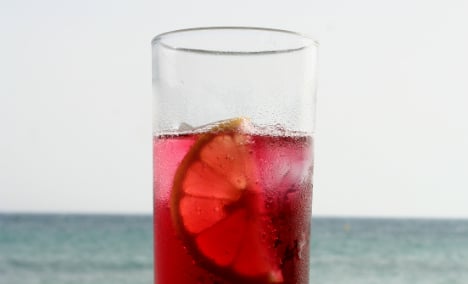
Photo: Indra Galbo/Flickr
As we established a few weeks ago in a readers poll, locals prefer tinto de verano to sangria as a refreshing summer drink, it’s a simple mix of red wine and either lemonade (limon) or casera(that sweetened soda the Spanish are so fond of).
There are also white wine and rosé versions.
READ MORE Daily dilemmas: Sangría or tinto de verano for the perfect Spanish summer drink
Calimocho or Kalimotxo
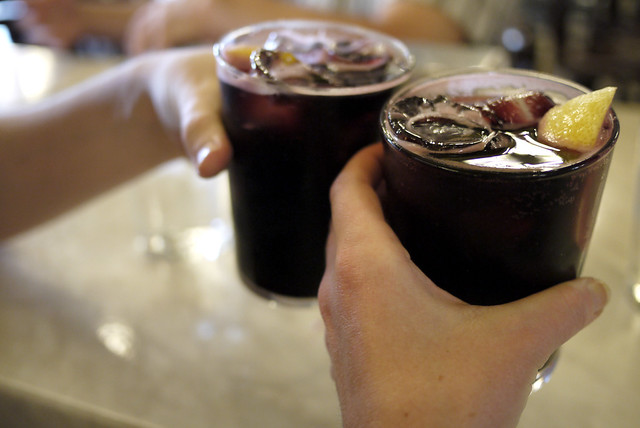 Photo: Sarah H/Flickr
Photo: Sarah H/Flickr
Beloved of students any time of year, this drink may sound revolting to wine connoisseurs but is the ultimate refreshing drink for those summer festivals in the pueblo. Popular at Basque festivals and the drink of choice at the famous San Fermin running of the bulls festival, it is usually served over ice in big plastic cups known in Spanish as ‘maxi’.
The mix of (cheap) red wine and coca-cola is the perfect pick me up, providing a caffeine boost alongside the alcohol intake.
Rebujito
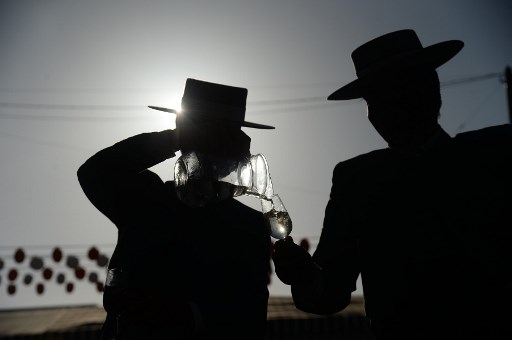
Photo: AFP
This is the Andalusian version of the above, mixing the locally produced pale dry sherry – fino or manzanilla – with lemonade or casera. Served over lots of ice, this is the drink of choice at the Feria de Seville.
Orujo
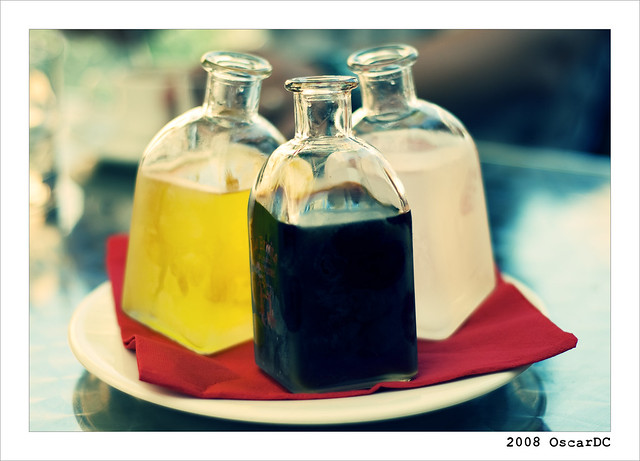
Photo: OscarDC/Flickr
This strong distilled liqueur made from the residue of grapes originates in Galicia and comes in several varieties, from the bitter green tinged Licor de Hierbas to the creamy Bailey’s like Crema de Orujo. Often served up free at the end of a long meal, orujo has an alcohol percentage of between 37 and 45 percent.
Queimada
This brings us to the traditional Galician brew of queimada, a hot punch made from orujo mixed with herbs, sugar, lemon peel, apple and coffee beans. It is brewed in a special clay pot and stirred with a ladle while incantations banishing evil are chanted over it as it burns with a blue flame.
Quite an experience, especially when accompanied by Galician bagpipes!
Pacharán or Patxaran
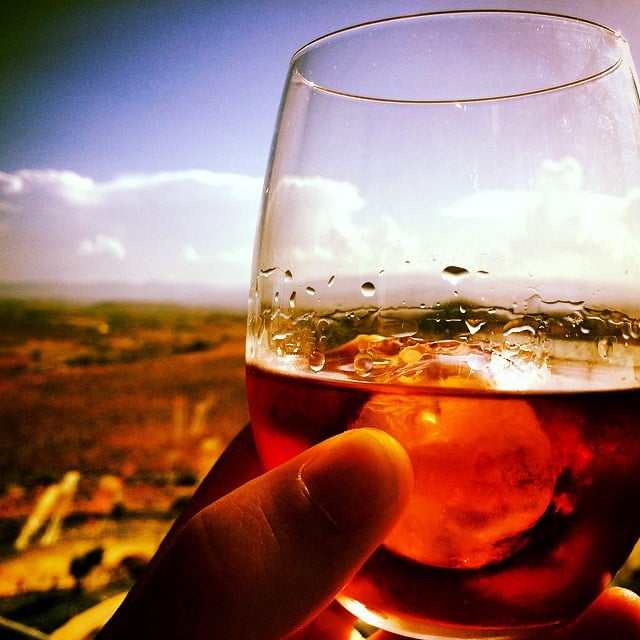
Photo: David Hedz / Flickr
A liqueur made from sloe berries from the blackthorn bush, Pacharán or Patxaran in Basque is almost exclusively made in Navarre where it dates from the middle ages. A deep pink colour, Patxaran is usully served on its own and must be served cold, usually over one cube of ice (any more risks diluting the intense flavour).
READ MORE: The best Spanish treats to keep you cool in a heatwave




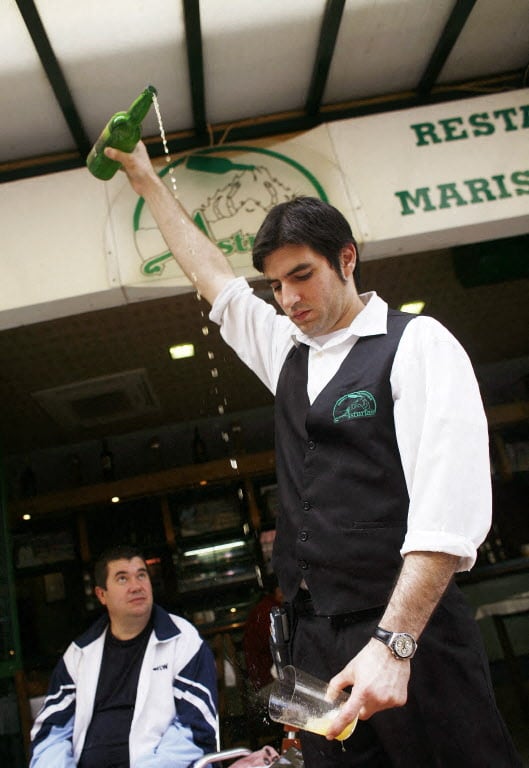
 Please whitelist us to continue reading.
Please whitelist us to continue reading.
Member comments